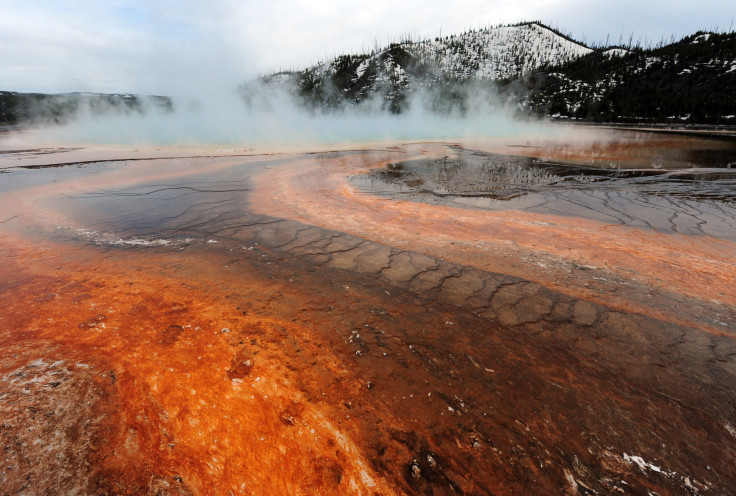Volcanologist Proposes Extreme Plan To Stop Yellowstone Supervolcano’s Violent Eruption

KEY POINTS
- Scientists believe the Yellowstone supervolcano is due for another eruption
- A volcanologist said detonating a nuclear bomb could prevent a powerful eruption
- Triggering a minor eruption could lessen the build-up of magma
A volcanologist shared his extreme plan on how to stop the Yellowstone supervolcano from erupting violently. His plan involves dropping a small nuclear bomb into the magma chamber of the volcano.
The Yellowstone Caldera is a massive volcano located in Yellowstone National Park. According to reports, the supervolcano is known to erupt every 600,000 to 800,000 years. Since the last major eruption happened 630,000 years ago, many scientists believe that it is already due for another powerful explosion.
Given the size of the supervolcano, a major eruption would have drastic and devastating effects on its surroundings. But, according to volcanologist Craig McClarren, there is a way that could prevent a powerful eruption and it is by minimizing its intensity.
McClarren shared his idea through the question-and-answer site Quora. According to the volcanologist, he would use a remotely-operated rig to drill into Yellowstone’s magma chamber, which would cause a minor eruption and ease the pressure building up within the supervolcano.
If the drilling process does not cause an eruption, he will proceed by having a small nuclear bomb placed inside the magma chamber.
“I would have a remotely operated drill rig drill down to the magma chamber,” McClarren wrote. “If doing that was insufficient to trigger an eruption, I would have the smallest nuke in the US arsenal dropped in and detonated.”
According to the volcanologist, detonating a powerful bomb inside the volcano would depressurize the magma building up underneath it. Although his plan most likely won’t prevent a complete eruption, it could minimize its intensity.
“Triggering a catastrophic release of volatiles through depressurization should result in an eruption that is large, but still significantly smaller than that which might have occurred later,” he explained.
McClarren explained that his plan is based on the notion that the eruption of volcanoes can be accurately predicted. He structured his plan based on a hypothetical scenario that Yellowstone was going to erupt in 10 years, giving local agencies enough time to come up with effective solutions to deal with the upcoming eruption.
Unfortunately, volcanoes are quite known for their unpredictable nature. Even though signs of volcanic activity can be detected weeks or months before an eruption, it is still impossible to predict exactly when a volcano would erupt.
© Copyright IBTimes 2024. All rights reserved.





















